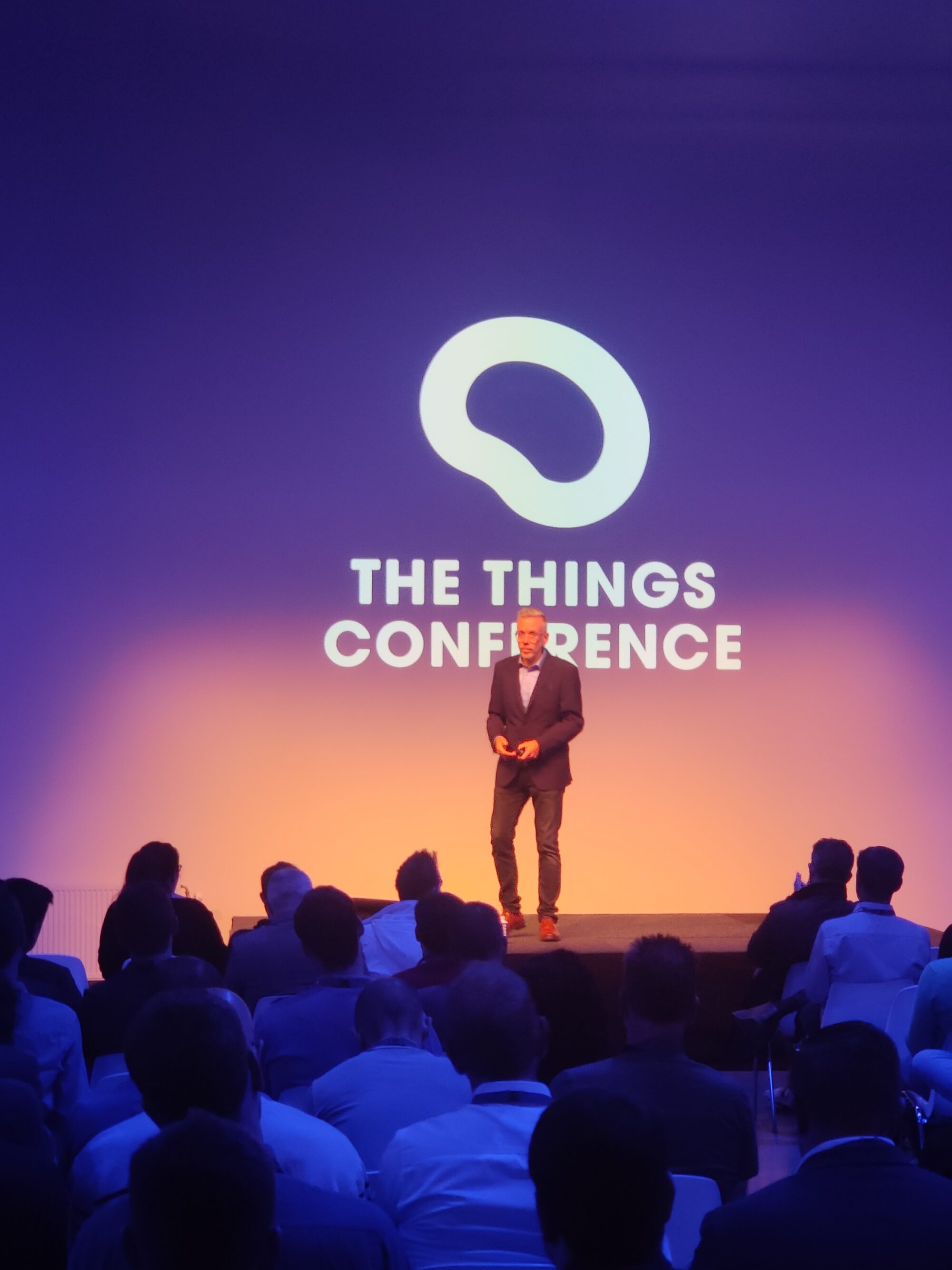This is the recording of my keynote-session at the ThingsConference. Here is the description of the keynote:
5G vs LoRaWAN -it is just LPWAN
The wireless landscape is ever-changing. The public networks are entering the 5G era, where everything from massive IoT to mission-critical communication will be under one umbrella, 5G.
For years LoRaWAn and the IoT technologies of 4G have been having a continuous tug of war. On one side, the LPWA technologies are grandfathered in from the 4G networks and are now a part of 5G. On the other side LoRaWAN, as is the only viable long-range LPWA after the Sigfox decline in 2022. But is it a negative tug of war? Are not mixed landscapes with several alternatives to connect IoT devices resulting in better technical solutions, one technology pushing the other forward. Would NB-IoT exist without LoRaWAN?
So let us compare NB-IoT/LTE CAT-M1 and LoRaWAN and see what they offer. What about the
· security
· range
· battery life
· ease of deployment
· roaming
· capacity
· cost of ownership
-how do these and other key performance factors of the cellular alternatives compare to LoRaWAN?
-can the IoT market be divided into different use-cases that fit one technology over the other? Or is it simply just different takes on solving the same problem?
5G development
New European 5G standards, 5G NR+, completely change the 5G landscape as this is a non-cellular 5G standard. DECT NR+ 5Gs key metric is that it is a technology that does not need any existing infrastructure; it is instead built to be decentralised. NR+ is based on MESH technology; it should work autonomously without a fixed network and meet the need for massive IoT for companies that want to communicate with machines. NR+’s core values include becoming a democratised 5G standard and a standard that has both a low investment cost and a low carbon footprint. Like LoRaWAN, it utilises free frequencies. Is this possibly a new competitor to the LoRaWAN ecosystem?

